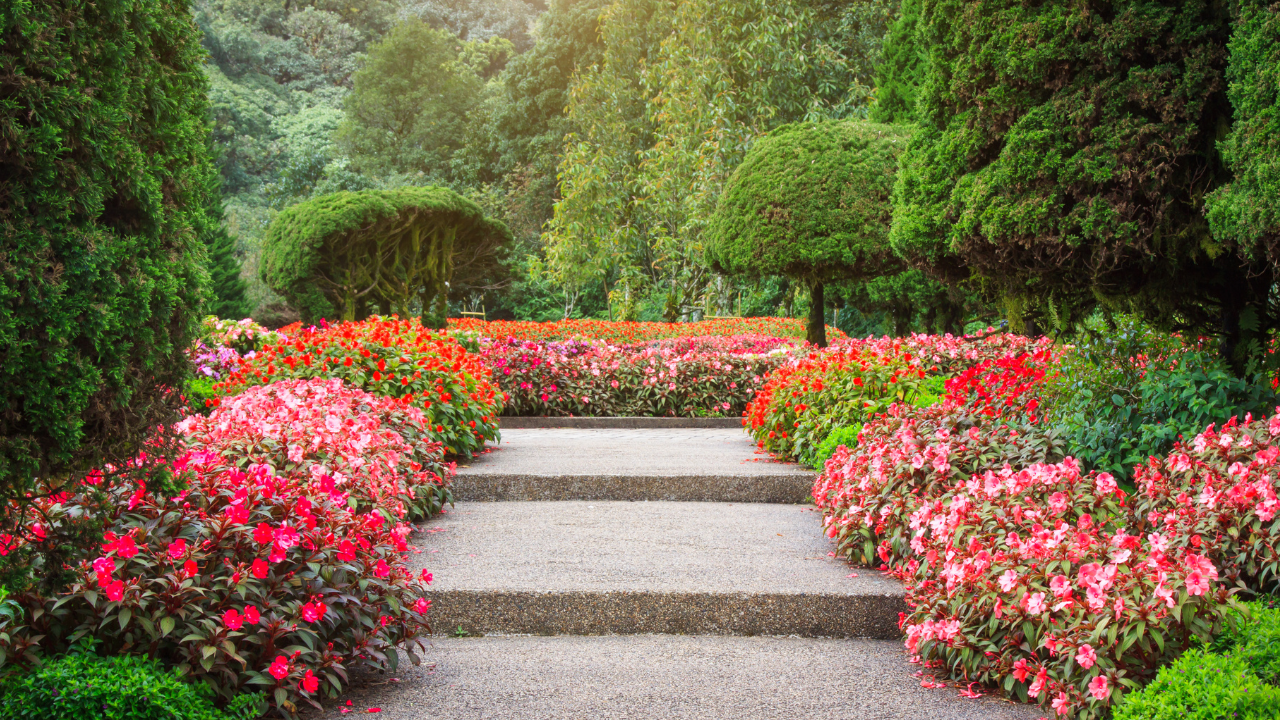Taking a vacation is essential for recharging and relaxing, but it can be stressful if you have plants at home that need care. Whether you’re away for a few days or a few weeks, ensuring your plants stay healthy and vibrant in your absence is crucial. Here are ten tips to help you take care of your plants while you’re on vacation.
1. Water Thoroughly Before You Leave
Before you head out, make sure to water your plants thoroughly. This step ensures they have enough moisture to last for several days. For indoor plants, water them until you see water draining from the bottom of the pot. For outdoor plants, give them a deep soak to reach the roots.
Thorough watering before leaving can sustain your plants for a short vacation. However, be cautious not to overwater, as this can lead to root rot. It’s essential to know your plants’ specific watering needs and adjust accordingly.
2. Use Self-Watering Systems
Self-watering systems can be a lifesaver for plant owners. These systems include self-watering pots, wicking systems, and water globes. They work by gradually delivering water to the plant’s roots over time, ensuring consistent moisture levels.
Using self-watering systems is particularly useful for longer vacations. They provide a steady water supply and reduce the risk of overwatering. Make sure to set up and test the system a few days before leaving to ensure it works properly.
3. Group Plants Together
Grouping plants together can create a microenvironment that retains humidity. Place your plants in a shaded area or a room with indirect light to prevent them from drying out too quickly.
By clustering plants, you can mimic a more natural environment, helping to maintain moisture levels and reduce stress. Additionally, you can use humidity trays or place bowls of water nearby to increase the surrounding humidity.
4. Mulch Outdoor Plants
Applying a layer of mulch around outdoor plants can help retain soil moisture and reduce evaporation. Mulch acts as a barrier, keeping the soil cool and moist for a more extended period.
Organic mulches like wood chips, straw, or compost are particularly effective. Mulching not only helps with moisture retention but also suppresses weeds and improves soil health. Ensure the mulch layer is about 2-3 inches thick for optimal results.
5. Move Plants Out of Direct Sunlight
Plants in direct sunlight can dry out quickly, especially during hot summer months. Moving them to a spot with indirect light or partial shade can help reduce water loss and stress.
For indoor plants, consider placing them in a room with filtered light. For outdoor plants, moving them to a shaded area or using shade cloth can protect them from intense sunlight. This simple step can significantly improve their chances of staying healthy while you’re away.
6. Use Plant Saucers
Using plant saucers under your pots can help retain excess water. After watering, any excess water will collect in the saucer, allowing the plant to absorb it as needed.
This method is particularly effective for indoor plants. Ensure that the saucers are emptied if they become too full to prevent waterlogged soil. Regularly checking the saucers can help maintain the right moisture levels and prevent root rot.
7. Prune and Deadhead Plants
Pruning and deadheading your plants before you leave can help reduce their water needs. Removing dead or excess foliage allows the plant to conserve energy and moisture.
By cutting back on unnecessary growth, you can ensure that the plants focus on maintaining their essential parts. Pruning also encourages new growth and keeps the plants looking tidy. Make sure to use clean, sharp tools to avoid damaging the plants.
8. Set Up a Drip Irrigation System
A drip irrigation system can provide a consistent water supply to your plants while you’re away. These systems deliver water directly to the roots, minimizing evaporation and runoff.
Drip irrigation is ideal for both indoor and outdoor plants. You can set up a timer to control the watering schedule, ensuring your plants receive the right amount of water at regular intervals. This method is efficient and can be customized to suit different plant needs.
9. Ask a Neighbor for Help
If you have a trusted neighbor or friend, ask them to check on your plants while you’re away. Provide them with clear instructions on watering and any specific care needs.
Having someone check on your plants can provide peace of mind. They can also spot any issues that may arise, such as pests or wilting. Make sure to express your gratitude and offer to return the favor when they need it.
10. Use a Timer for Grow Lights
For plants that require specific light conditions, using a timer for grow lights can ensure they receive the right amount of light each day. Set the timer to mimic the natural light cycle your plants are accustomed to.
This method is particularly useful for indoor plants that need supplemental lighting. By automating the light schedule, you can ensure your plants continue to thrive in your absence. Make sure to adjust the timer settings based on your plants’ needs and the season.
Taking these steps can help ensure your plants remain healthy and vibrant while you’re on vacation. With a little preparation, you can enjoy your time away without worrying about your green friends at home.

